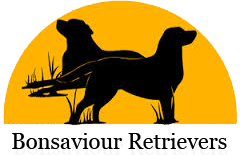
Marley (Retired)
Our Stud Dog «Bonsaviour Highland Golden Charmer»
Proven Stud Dog "Marley" has produced many litters of quality healthy puppies to date.
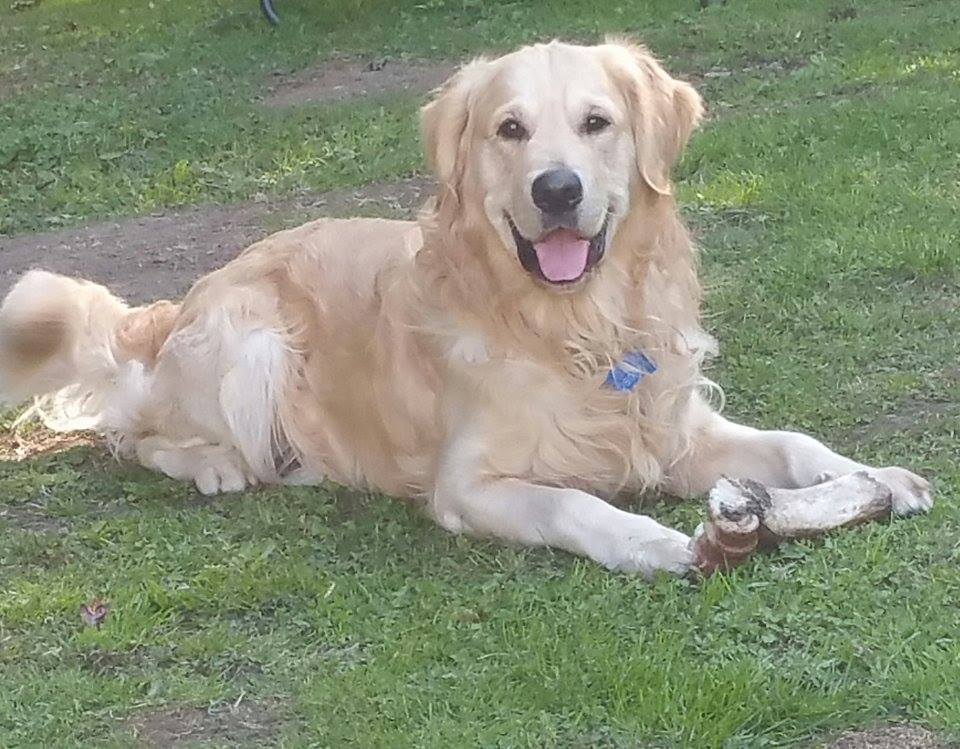
Some of Marley's Offspring
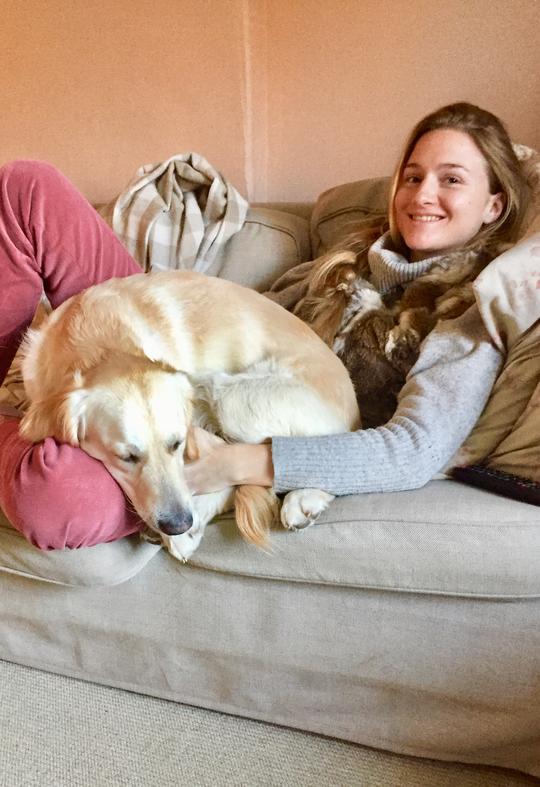
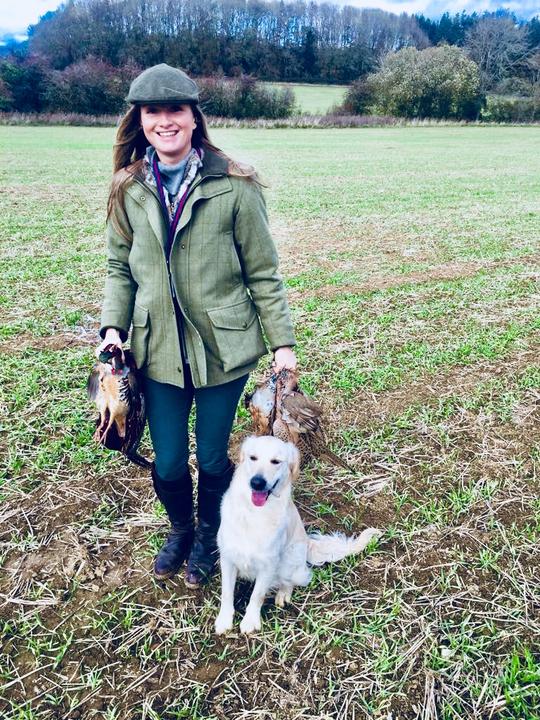
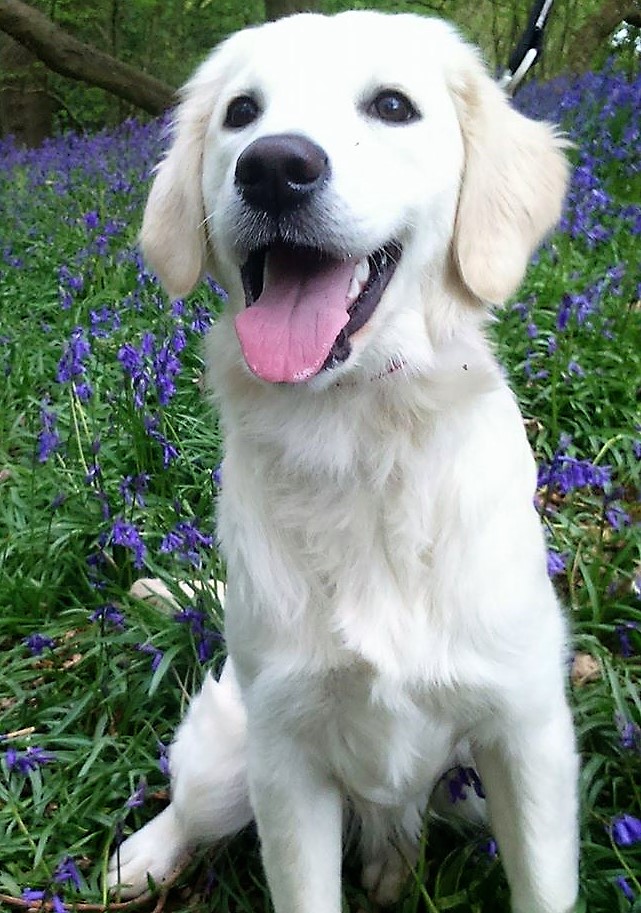
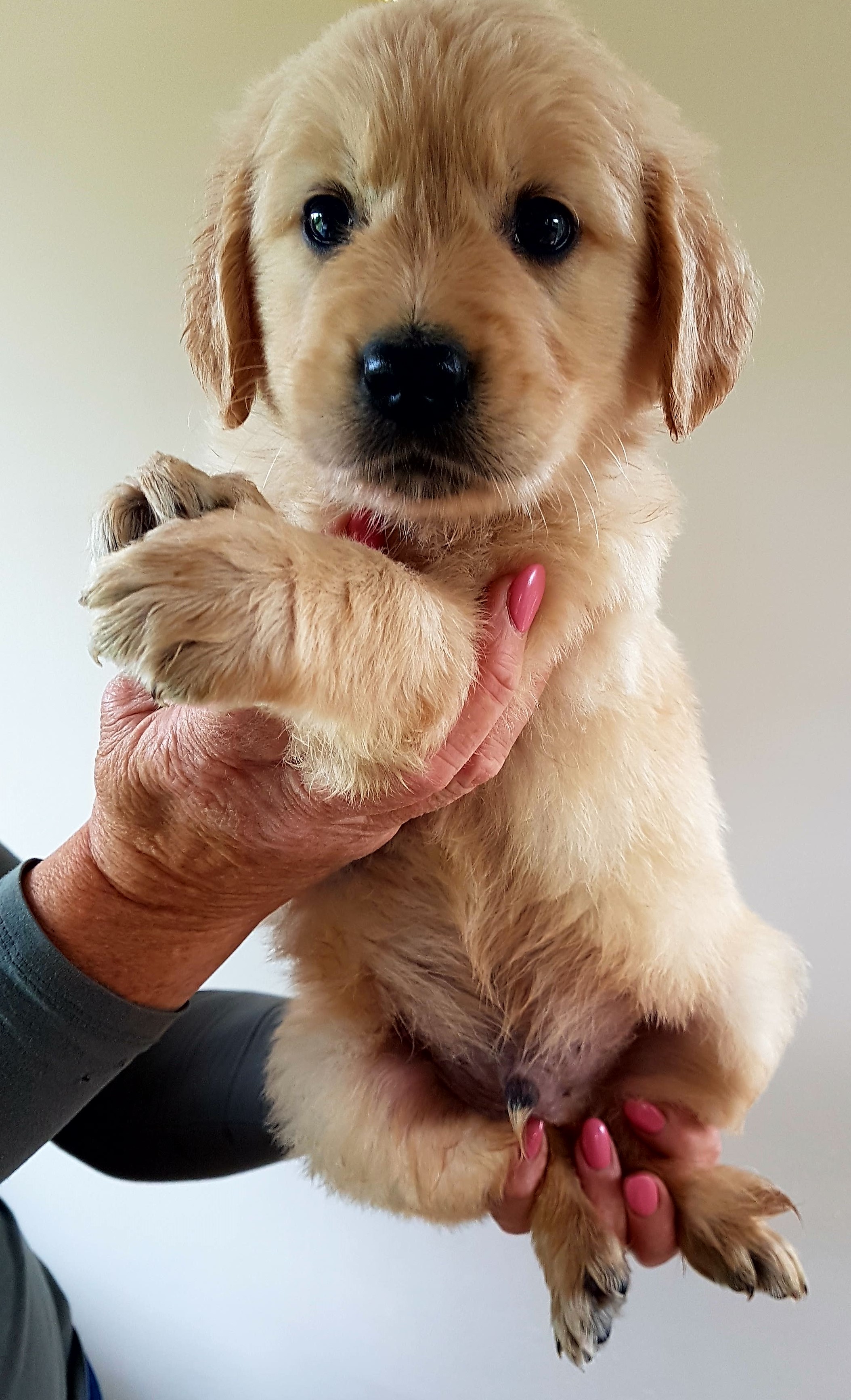
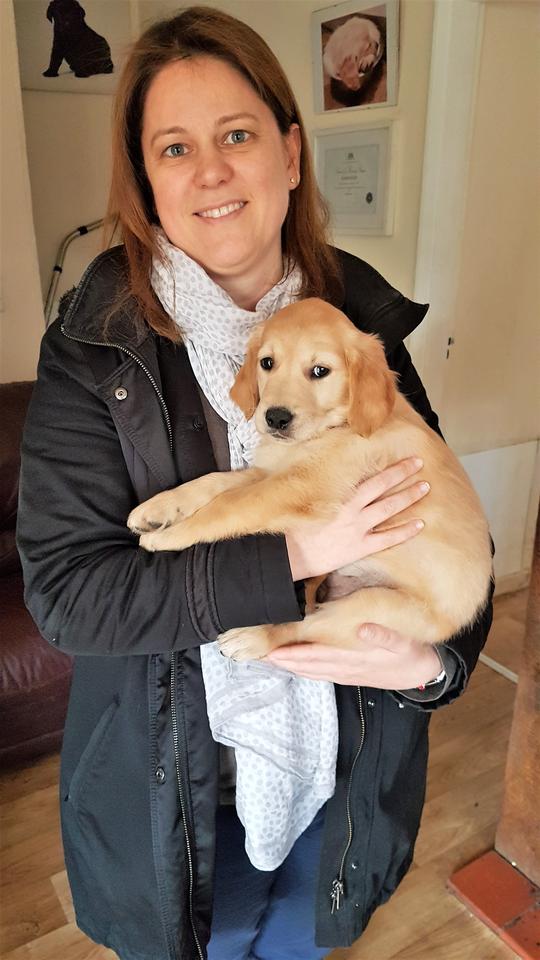
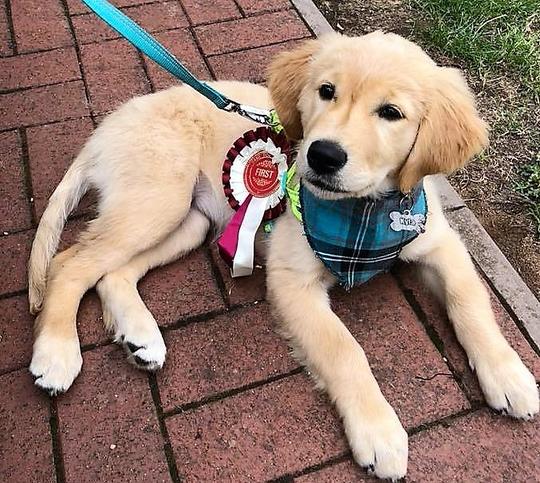
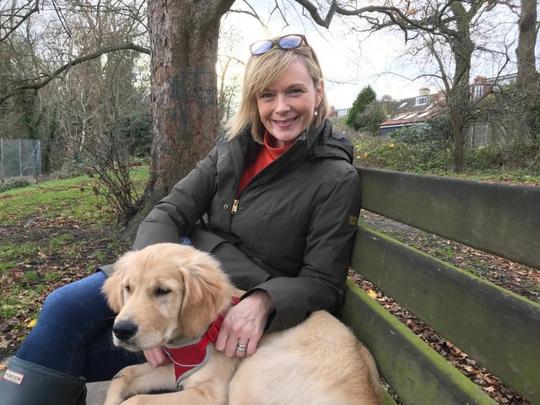
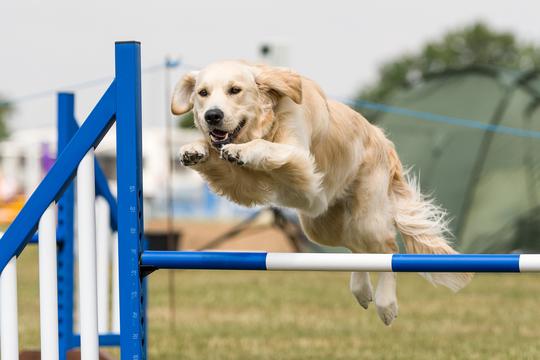
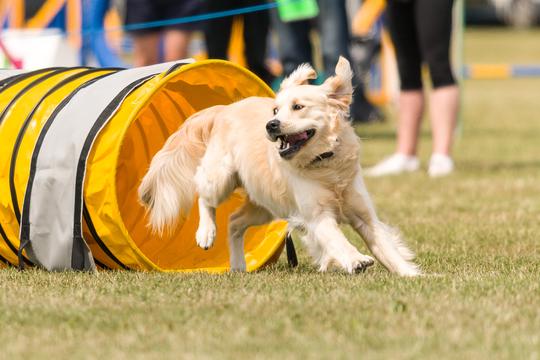
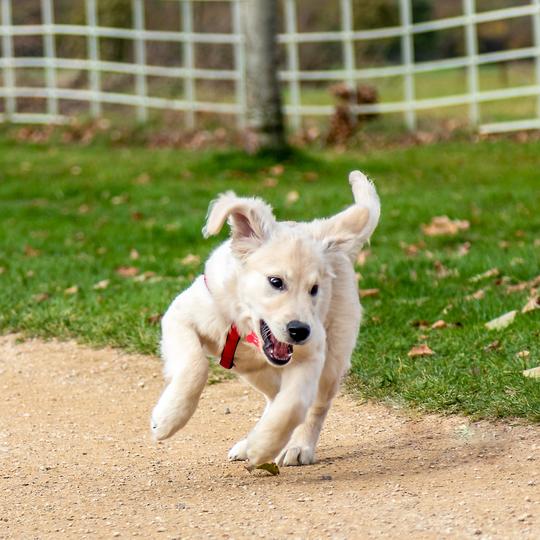
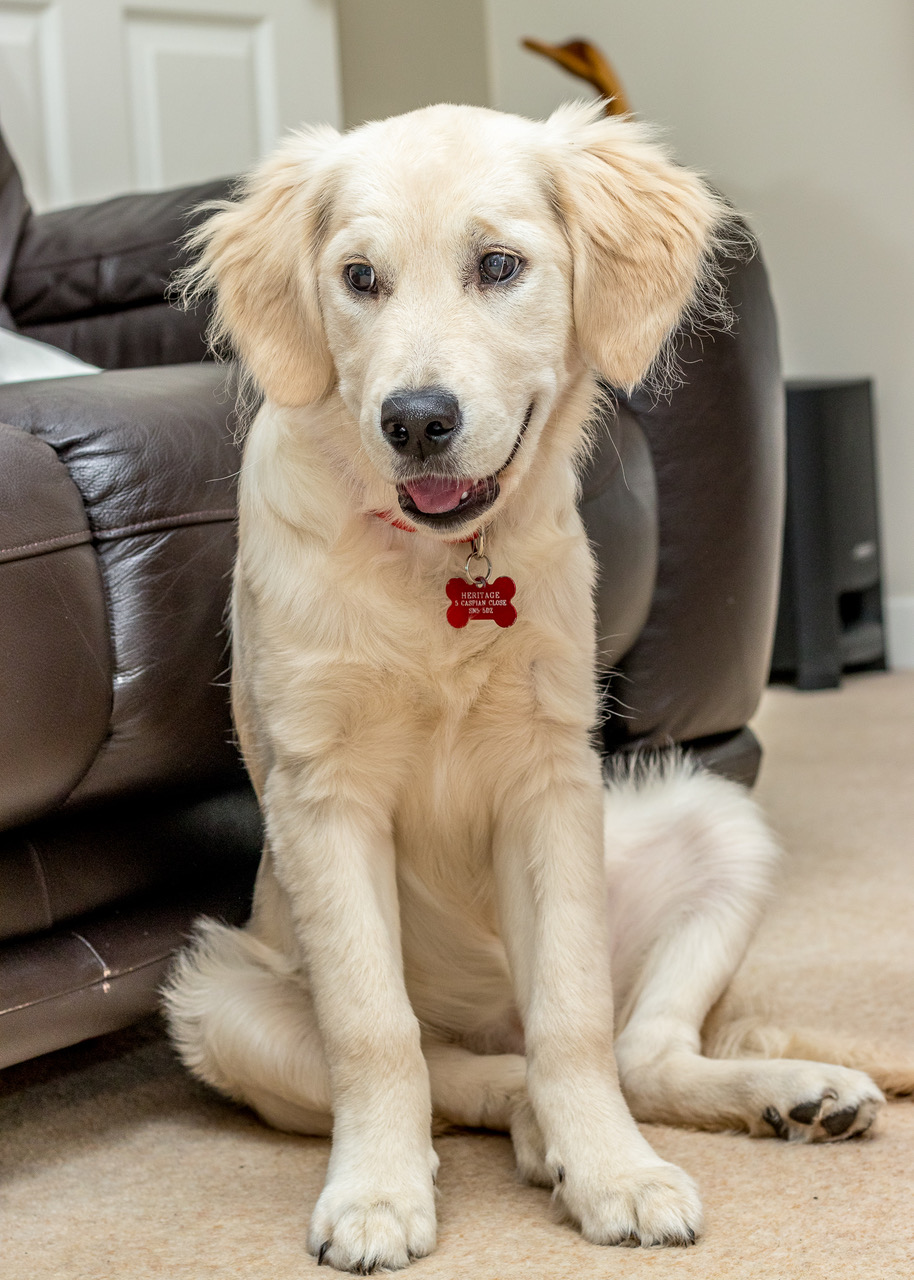
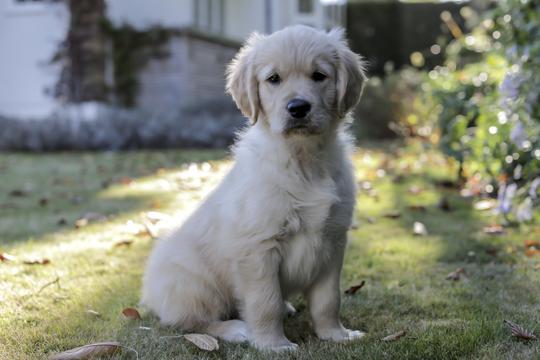
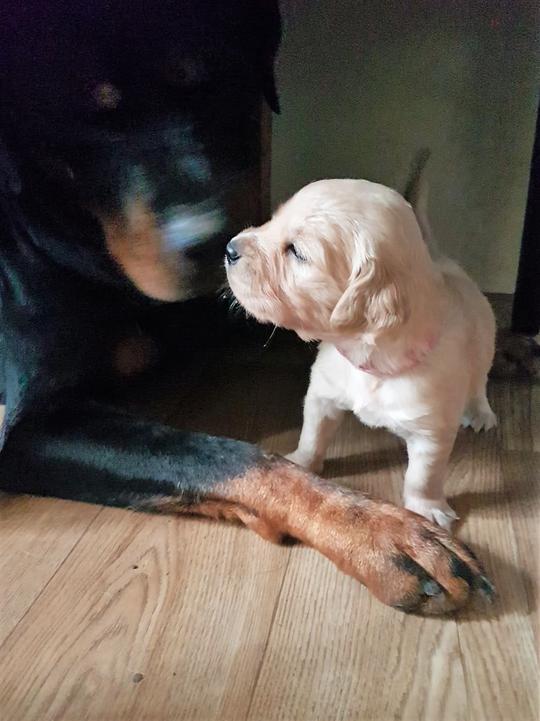
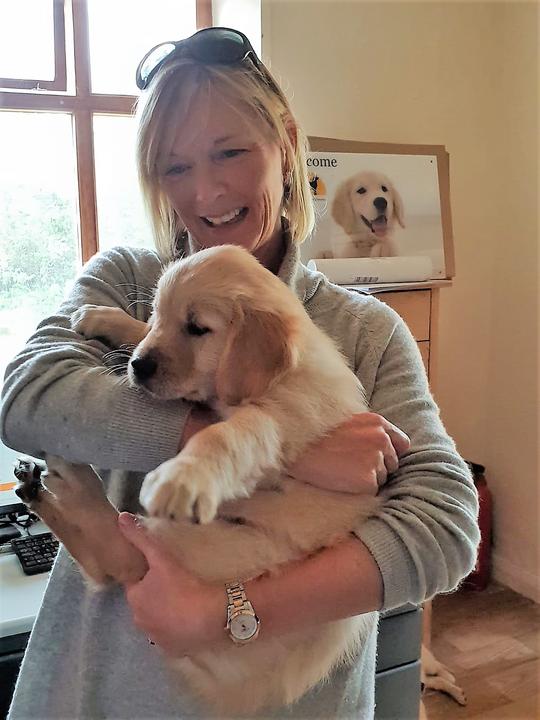
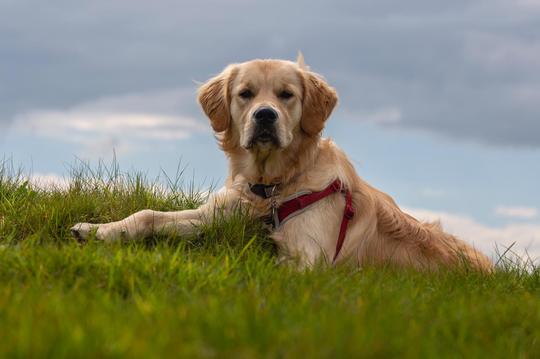

The right time to breed
Mating your bitch to your chosen sire is by no means guaranteed to result in conception, even if you have planned carefully to mate your bitch at the peak of her fertility. However, the chances of failed mating's can be reduced by working out your timings carefully, and your vet can once again help you to monitor your bitch’s fertility and work out the best time to mate her with the sire.
Most bitches of breeding age come into heat a couple of times a year, and so knowing when your bitch is likely to begin to enter the fertile stage is important, and is information that you will need to share with the owners of the sire in order to make your plans.
When to enable mating
When your bitch is fertile and in season, picking the perfect time to mate with a couple of days leeway will help to reduce the chances of a failed mating. Generally, around 10-12 days into the heat cycle is the ideal time to mate, and so when you first notice that your bitch is in season, let the owners of the sire know, and begin the countdown to the right moment!
While planning your timings carefully will not guarantee conception first time, and on the other hand it is also very likely that your bitch can and will conceive at other stages of her heat cycle, waiting until the optimum time to give the best chances of conception can help you to achieve a successful mating first time, or within that specific heat cycle, without the need to wait once again for several months until your bitch’s next season to try again.
Bonsaviour Dog Breeder for Golden Retriever Puppies & Stud Dog
Breed Standard
A Breed Standard is the guideline which describes the ideal characteristics, temperament and appearance including the correct colour of a breed and ensures that the breed is fit for function. Absolute soundness is essential. Breeders and judges should at all times be careful to avoid obvious conditions or exaggerations which would be detrimental in any way to the health, welfare or soundness of this breed. From time to time certain conditions or exaggerations may be considered to have the potential to affect dogs in some breeds adversely, and judges and breeders are requested to refer to the Breed Watch section of the Kennel Club website here http://www.thekennelclub.org.uk/services/public/breed/watch for details of any such current issues. If a feature or quality is desirable it should only be present in the right measure. However if a dog possesses a feature, characteristic or colour described as undesirable or highly undesirable it is strongly recommended that it should not be rewarded in the show ring.
General Appearance
Symmetrical, balanced, active, powerful, level mover; sound with kindly expression.
Characteristics
Biddable, intelligent and possessing natural working ability.
Temperament
Kindly, friendly and confident.
Head and Skull
Balanced and well chiselled, skull broad without coarseness; well set on neck, muzzle powerful, wide and deep. Length of foreface approximately equals length from well defined stop to occiput. Nose preferably black.
Eyes
Dark brown, set well apart, dark rims.
Ears
Moderate size, set on approximate level with eyes.
Mouth
Jaws strong, with a perfect, regular and complete scissor bite, i.e. upper teeth closely overlapping lower teeth and set square to the jaws.
Neck
Good length, clean and muscular.
Forequarters
Forelegs straight with good bone, shoulders well laid back, long in blade with upper arm of equal length placing legs well under body. Elbows close fitting.
Body
Balanced, short-coupled, deep through heart. Ribs deep, well sprung. Level topline.
Hindquarters
Loin and legs strong and muscular, good second thighs, well bent stifles. Hocks well let down, straight when viewed from rear, neither turning in nor out. Cow-hocks highly undesirable.
Feet
Round and cat-like.
Tail
Set on and carried level with back, reaching to hocks, without curl at tip.
Gait/Movement
Powerful with good drive. Straight and true in front and rear. Stride long and free with no sign of hackney action in front.
Coat
Flat or wavy with good feathering, dense water-resisting undercoat.
Colour
Any shade of gold or cream, neither red nor mahogany. A few white hairs on chest only, permissible.
Size
Height at withers: dogs: 56-61 cms (22-24 ins); bitches: 51-56 cms (20-22 ins).
Faults
Any departure from the foregoing points should be considered a fault and the seriousness with which the fault should be regarded should be in exact proportion to its degree and its effect upon the health and welfare of the dog and on the dog’s ability to perform its traditional work.
Note
Male animals should have two apparently normal testicles fully descended into the scrotum.